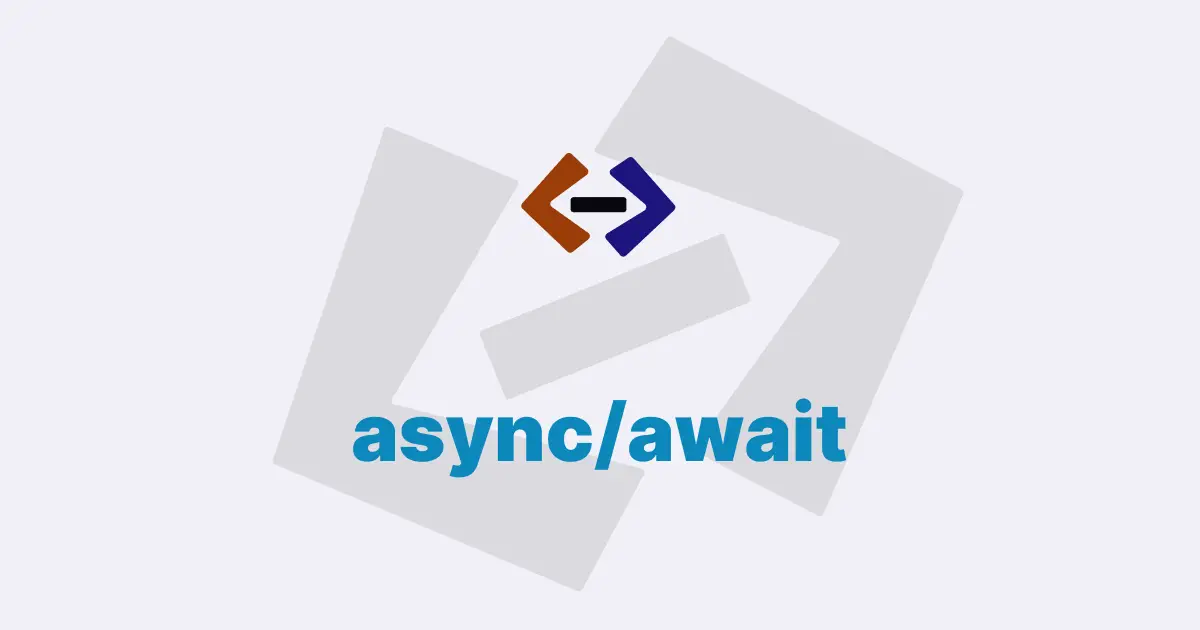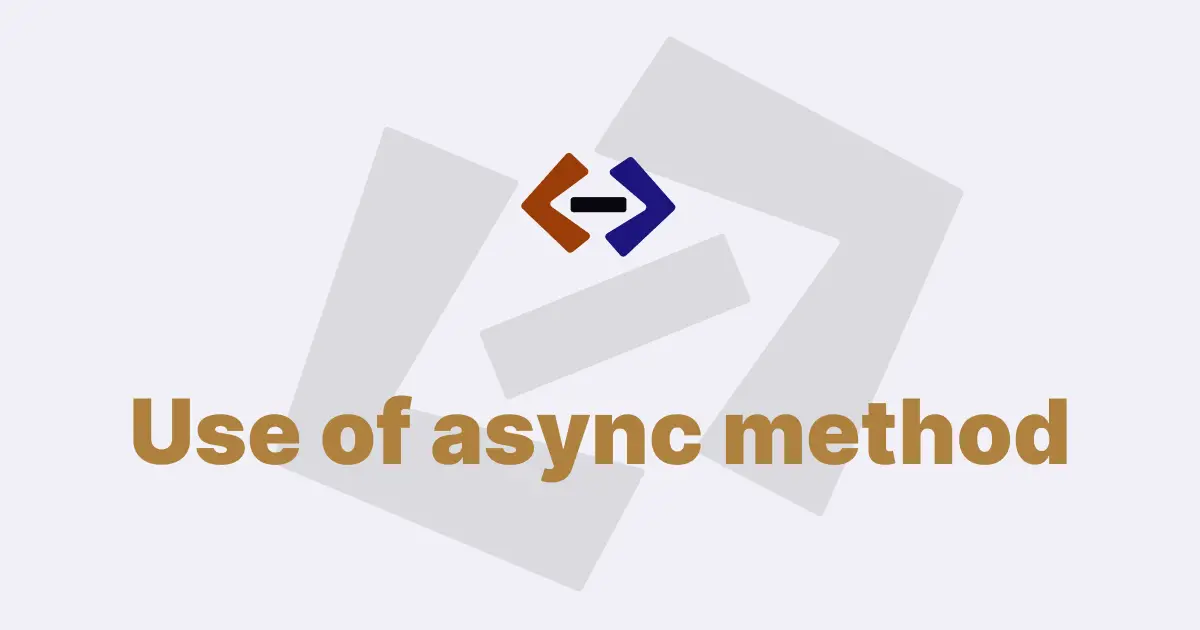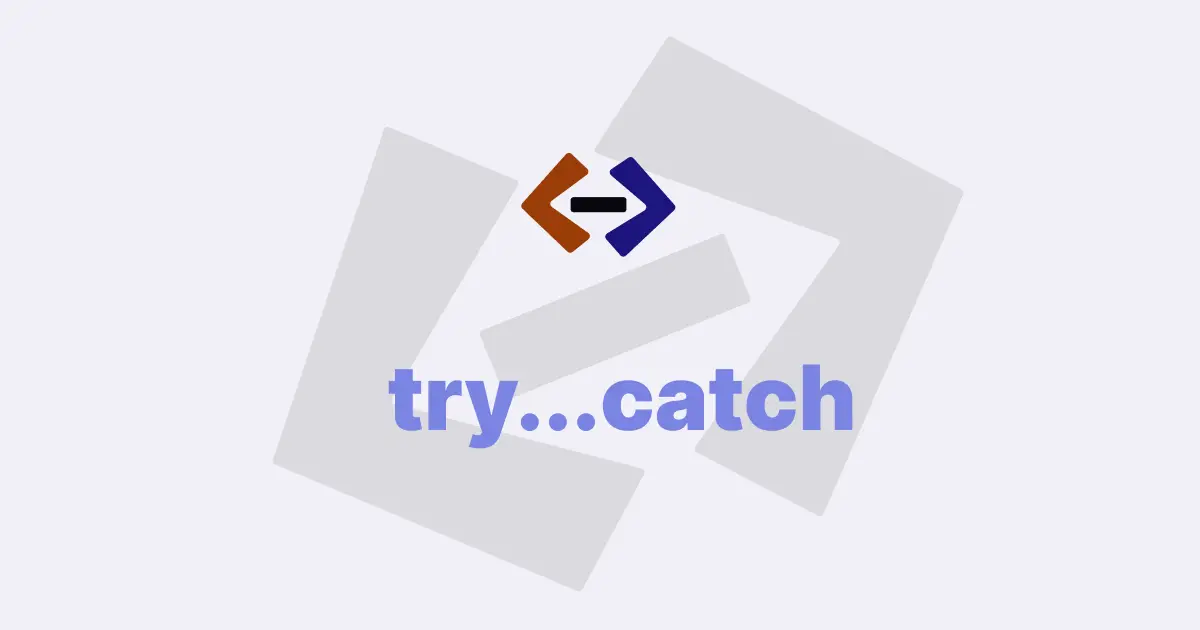In JavaScript, Promises are objects that represent the eventual completion (or failure) of an asynchronous operation and are a useful way to handle asynchronous code.
Promises provide a way to handle the results of an asynchronous operation and allow you to chain asynchronous operations together in a sequence.
When working with Promises, the catch() method is a crucial method that allows you to handle errors that might occur during the execution of a Promise.
In this article, we will learn about catch() method in JavaScript.
What is a Promise?
A Promise is an object that represents the eventual completion (or failure) of an asynchronous operation. Promises are used in JavaScript to handle asynchronous code, which is code that does not execute immediately and instead runs at some point in the future.
When you create a Promise, you pass in a function that defines the asynchronous operation you want to perform. This function is called the executor function, and it takes two arguments: resolve and reject.
The resolve function is called when the asynchronous operation completes successfully, and the reject function is called when the asynchronous operation fails.
Here’s an example of creating a Promise that resolves after a one-second delay:
const myPromise = new Promise((resolve, reject) => {
setTimeout(() => {
resolve("Hello, world!");
}, 1000);
});In this example, we create a new Promise and pass in an executor function that sets a one-second timeout and then calls the resolve function with the string 'Hello, world!' when the timeout completes.
The then() method
Once you’ve created a Promise, you can use the then() method to handle the result of the asynchronous operation. The then() method takes two arguments: a callback function that is called if the Promise resolves successfully, and a callback function that is called if the Promise is rejected.
Here’s an example of using the then() method to handle the result of the Promise we created earlier:
myPromise
.then((result) => {
console.log(result);
})
.catch((error) => {
console.error(error);
});In this example, we use the then() method to log the result of the Promise to the console if it resolves successfully. We also use the catch() method to log any errors that occur during the execution of the Promise.
The catch() method
The catch() method is used to handle errors that might occur during the execution of a Promise. If a Promise is rejected, the catch() method is called with the error that caused the rejection.
Here’s an example of using the catch() method to handle errors in a Promise:
const myPromise = new Promise((resolve, reject) => {
setTimeout(() => {
reject(new Error("Something went wrong!"));
}, 1000);
});
myPromise
.then((result) => {
console.log(result);
})
.catch((error) => {
console.error(error);
});In this example, we create a new Promise that always rejects with an Error after a one-second delay. We then use the catch() method to handle any errors that occur during the execution of the Promise.
Chaining Promises with catch()
One of the most powerful features of Promises is the ability to chain them together. This allows you to sequence asynchronous operations in a readable and maintainable way.
When chaining Promises, it’s important to handle errors in a way that propagates the error down the chain.
To do this, you can use the catch() method to handle any errors that occur in any of the Promises in the chain.
For example:
const getUserData = () => {
return fetch("/user").then((response) => {
if (response.ok) {
return response.json();
} else {
throw new Error("Failed to fetch user data");
}
});
};
const getUserPosts = (userId) => {
return fetch(`/user/${userId}/posts`).then((response) => {
if (response.ok) {
return response.json();
} else {
throw new Error("Failed to fetch user posts");
}
});
};
getUserData()
.then((userData) => getUserPosts(userData.id))
.then((userPosts) => {
// Do something with the user posts
})
.catch((error) => {
console.error(error);
});In this example, we define two functions that return Promises that fetch data from an API. We then chain these Promises together to fetch user data and user posts. If any errors occur during the execution of any of the Promises in the chain, the catch() method is called with the error.
Using catch() with async/await
In addition to using the then() method and catch() method to handle Promises, you can also use async/await to write asynchronous code in a more synchronous style.
When using async/await, you can use the try/catch statement to handle errors that might occur during the execution of a Promise:
const getUserData = async () => {
try {
const response = await fetch("/user");
if (response.ok) {
return await response.json();
} else {
throw new Error("Failed to fetch user data");
}
} catch (error) {
console.error(error);
}
};
const getUserPosts = async (userId) => {
try {
const response = await fetch(`/user/${userId}/posts`);
if (response.ok) {
return await response.json();
} else {
throw new Error("Failed to fetch user posts");
}
} catch (error) {
console.error(error);
}
};
const main = async () => {
try {
const userData = await getUserData();
const userPosts = await getUserPosts(userData.id);
// Do something with the user posts
} catch (error) {
console.error(error);
}
};
main();In this example, we define two functions that return Promises that fetch data from an API. We then use async/await to call these functions and handle any errors that might occur using the try/catch statement.
Thank you for reading, and let’s have conversation with each other
Thank you for reading my article. Let’s have conversation on Twitter and LinkedIn by connecting.


